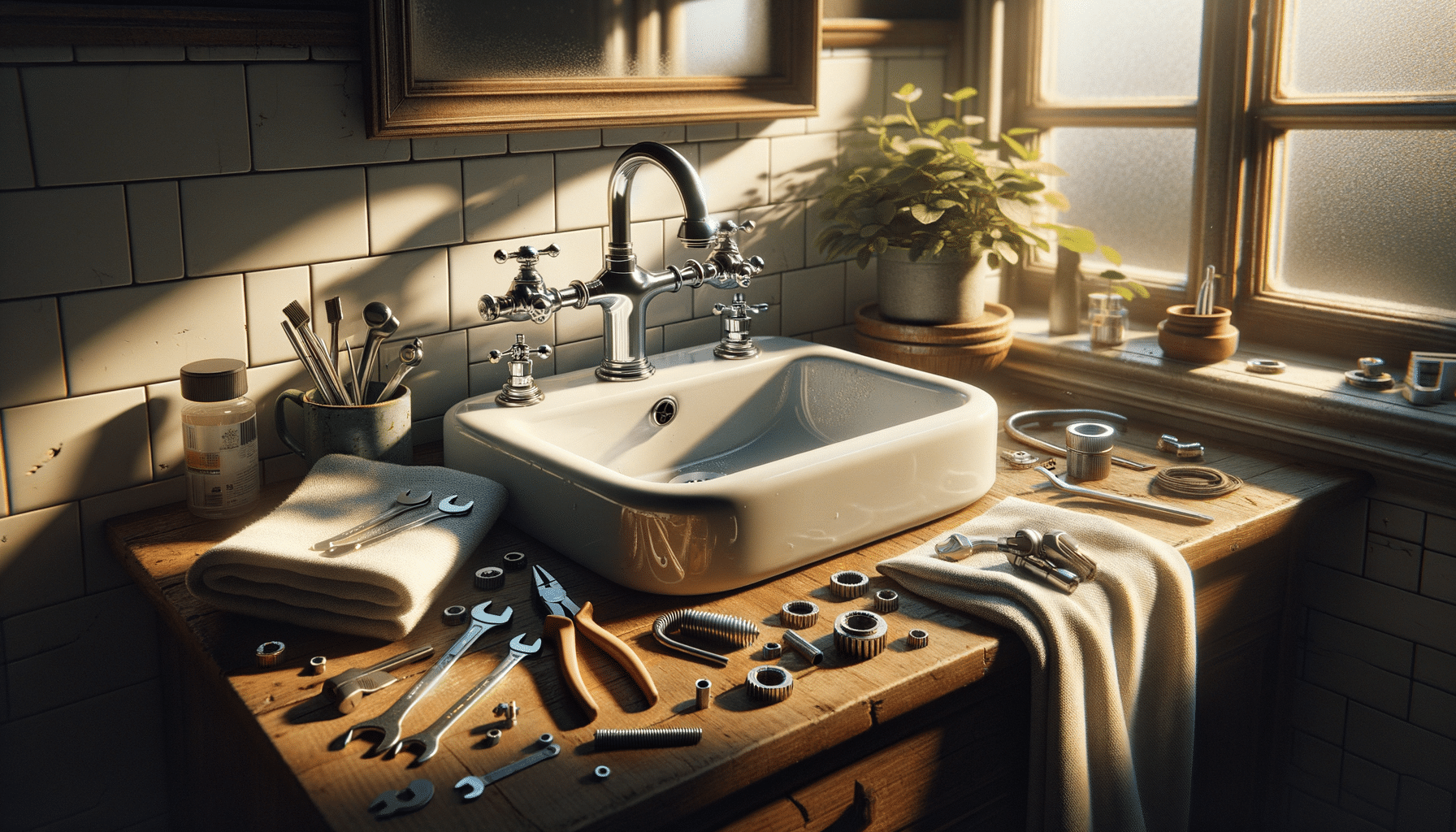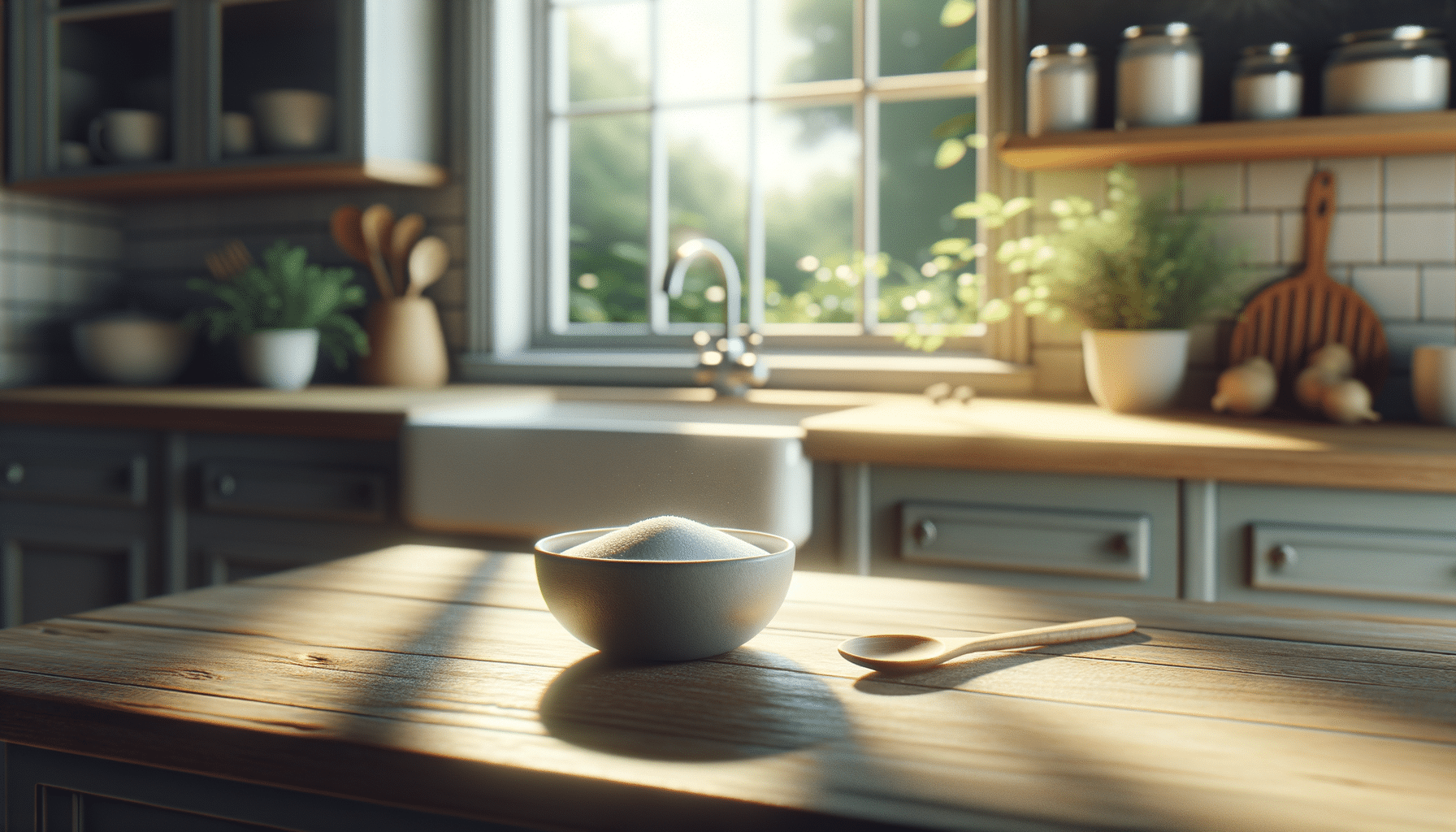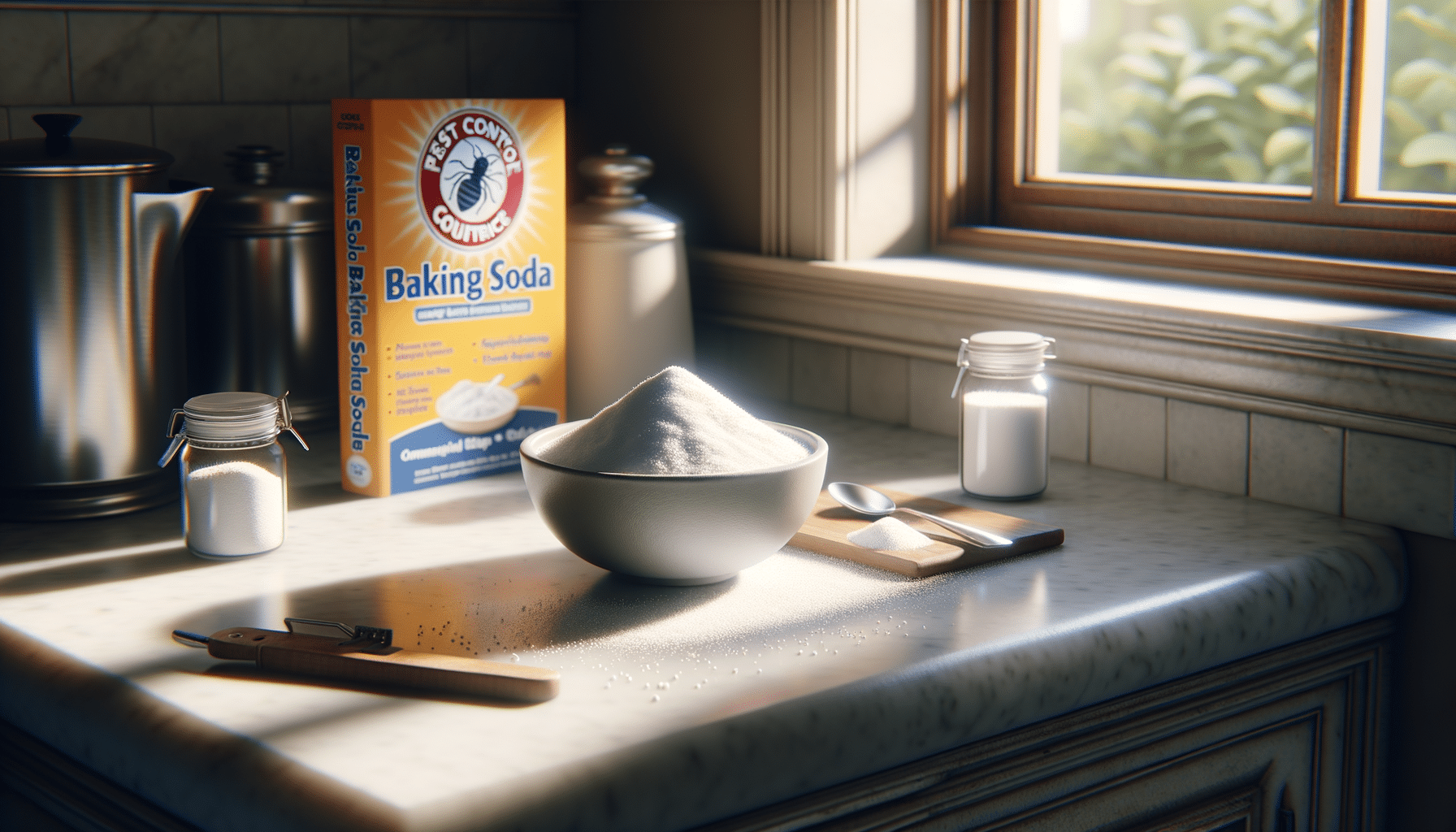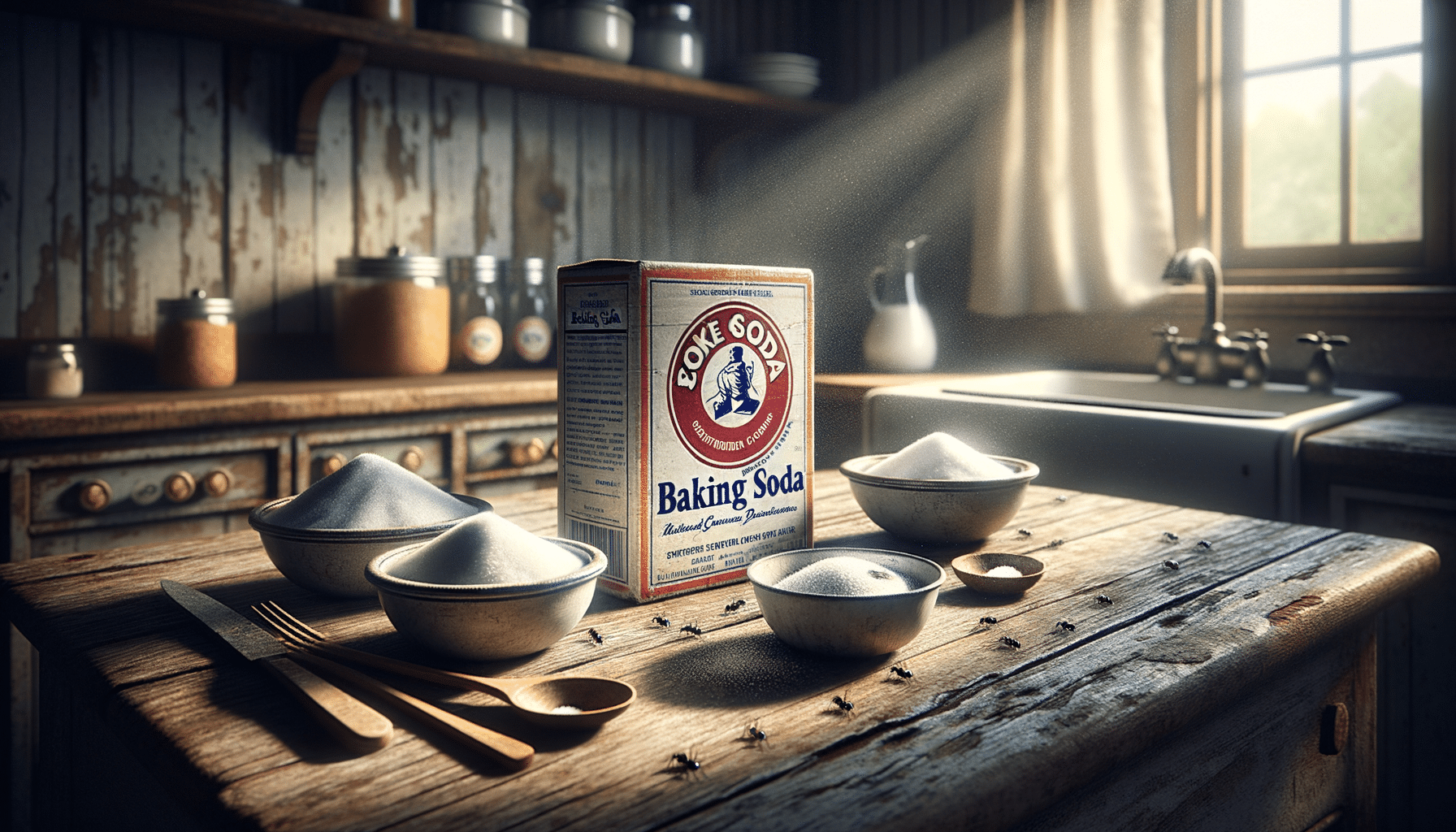
3 Fixes That Save a Call to the Plumber
Introduction to DIY Plumbing Fixes
In the realm of home maintenance, plumbing issues are among the most common challenges homeowners face. From dripping faucets to clogged drains, these problems can often be resolved without the immediate need for professional intervention. Understanding how to address minor plumbing issues not only saves money but also empowers homeowners to maintain their residences more effectively. This article explores three practical fixes that can save you a call to the plumber, offering valuable insights into basic plumbing maintenance.
Fixing a Leaky Faucet
A leaky faucet is more than just an annoyance; it can lead to significant water waste and an increase in your utility bills. The constant drip-drop sound might be a gentle reminder of this underlying issue. Fortunately, repairing a leaky faucet is a task that many homeowners can tackle on their own. The first step is to identify the type of faucet and gather the necessary tools, such as a wrench, screwdriver, and replacement parts like washers or O-rings.
Once you have the tools ready, turn off the water supply to avoid any unnecessary mess. Remove the faucet handle to access the inner components. Often, the culprit is a worn-out washer or O-ring that needs replacement. Carefully inspect and replace the faulty part, ensuring a snug fit to prevent future leaks. Reassemble the faucet and turn the water supply back on to test your handiwork. A successful repair can significantly prolong the life of your faucet and reduce water wastage.
Unclogging a Drain
Clogged drains are another frequent plumbing issue that can disrupt daily activities. Whether it’s a slow-draining sink or a completely blocked shower drain, unclogging it can often be done without professional help. Start by using a plunger to dislodge any blockages. Ensure there is enough water in the sink or tub to cover the plunger’s rubber cup, creating a seal for effective plunging.
If plunging doesn’t resolve the issue, a drain snake can be an effective tool. Insert the snake into the drain and rotate it to break up or retrieve the clog. For more stubborn blockages, a mixture of baking soda and vinegar can be poured down the drain, followed by hot water to clear any remaining debris. Regular maintenance, such as using drain covers and avoiding the disposal of grease and hair in sinks, can prevent future clogs.
Fixing a Running Toilet
A running toilet can be a major source of water wastage, often caused by a faulty flapper or fill valve. To fix this, start by removing the tank lid and inspecting the internal components. The flapper is a rubber seal that controls the flow of water from the tank to the bowl. If it is worn or misaligned, it may need to be replaced. Adjusting or replacing the flapper is a straightforward process that requires minimal tools.
If the flapper isn’t the issue, the fill valve might need adjustment. This component controls the water level in the tank. Check the manufacturer’s instructions to adjust the valve to the correct water level. Once the adjustments are made, flush the toilet to ensure everything is functioning correctly. Regular inspection and maintenance of toilet components can prevent such issues from arising.
Conclusion: Empowering Homeowners Through Basic Plumbing Skills
By mastering these simple plumbing fixes, homeowners can save on costs and gain a sense of accomplishment in maintaining their homes. While these solutions are effective for minor issues, it’s crucial to recognize when a problem is beyond a DIY fix and requires professional attention. Regular maintenance and timely intervention can prevent small issues from escalating, ensuring a well-functioning plumbing system. Embrace the opportunity to learn and apply these skills, making home maintenance a more manageable and rewarding endeavor.


